#Bronzeville
Photo

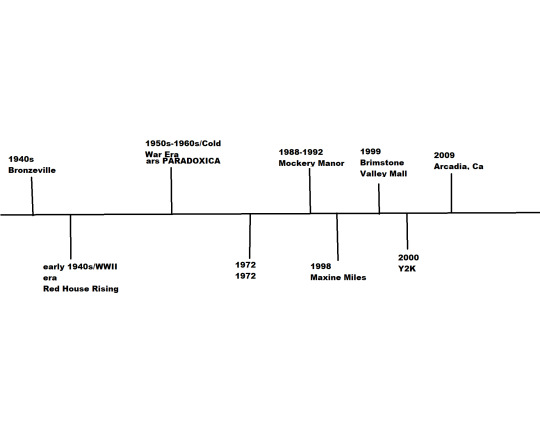

So I was inspired by a post by @kingmakerpod about a timeline for audio drama podcasts. Now this is not every single podcast, but this is as many as I know about. Please let me know if there are more to add to this timeline
#almelem#lady lucy#the anansi chronicles#the ballad of anne and mary#the ballad of mona mae#1865#radio: outcast#victoriocity#old gods of appalachia#the kingmaker histories#harlem queen#bronzeville#red house rising#ars paradoxica#1972#mockery manor#maxine miles#brimstone valley mall#y2k vibes#arcadia ca#forgive me podcast#wooden overcoats#y2k pod#less is morgue#me & au#the bright sessions#tomorrow's monsters#life with leo(h)#we fix space junk#eos 10 podcast
204 notes
·
View notes
Text
#chicago#chicago hip hop#kingdom rock's korna#Chicago hip hop heritage Museum#bronzeville#hiphopunplugged
3 notes
·
View notes
Text

8 notes
·
View notes
Photo

61st Street, s1e5, 2022, here
28 notes
·
View notes
Text
"Pianist Tony Jackson and author Lorraine Hansberry are part of Chicago’s Black history.
They’re also part of Chicago’s LGBTQ history, which fewer people may know.
Tristan Cabello wouldn’t be surprised if they didn’t. He began documenting that legacy 10 years ago.
“What really struck me at the time is how we whitewash gay history,” said Cabello, a professor at Johns Hopkins University in Baltimore who earned his Ph.D. in American history from Northwestern.
“Most of the books and most of the research that I was reading, we didn’t hear from people of color, and as a gay man myself and somebody who is a person of color, I never heard those stories, so I started doing much more research.”
He focused on Bronzeville. Like other parts of Chicago, Bronzeville in the 1920s saw an influx of Black families from the South during the Great Migration.
Cabello’s research, displayed in his digital exhibit “Queer Bronzeville,” deconstructed two myths about the Black LGBTQ community: invisibility and unacceptability.
“That culture was very visible on the streets of the South Side, in Bronzeville,” Cabello said. “You could see drag queens, as they were called in that time, just walking down the streets and being friends with people.”
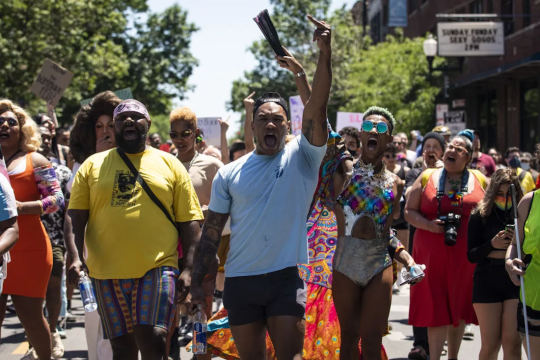
Above: Chicago drag performers (from left) Lucy Stoole, Miss Toto and The Vixen march in the second annual Drag March for Change on North Halsted Street in June. The event is held to highlight issues of inclusion and racism within the LGBTQ community. Drag events in Chicago have a long history that can be traced back to early in the last century. Ashlee Rezin/Sun-Times
"...From the 1920s through the 1950s, Cabello said, drag performers would celebrate Halloween and New Year’s Eve with “Drag Balls.”
Valda Gray, a drag performer in the 1930s, was among the first to produce Drag Balls at Joe’s Deluxe, 5524 S. State St., a popular Bronzeville bar at the time. Another was Alfred Finnie, who would host balls in rented basements, charging 50 cents admission.
But Cabello said he also wanted to deconstruct the idea that “African Americans on the South Side were much more homophobic” than whites on the North Side.
“In the early 50s, there were already celebrations of gay marriages and Jet Magazine was reporting on them,” Cabello said. “It gives you an idea of how integrated and accepted that was. ...”
...continue
27 notes
·
View notes
Text
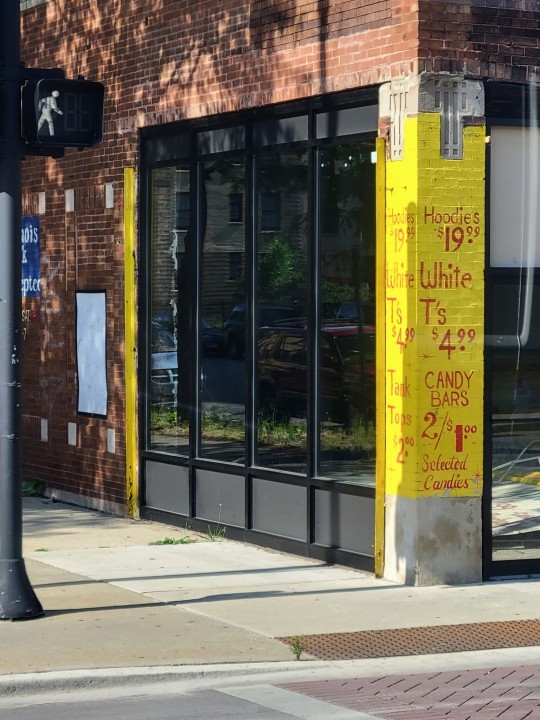
Afternoon light in Bronzeville, Chicago (7/7/2022)
4 notes
·
View notes
Video
youtube
Migrant Tent Camp at 2nd District Police Station is Gone.
#youtube#chicago#illinois#migrant crises#tent camp#police station#bronzeville#fuller park#tents#dan ryan expressway#wentworth#chicago police department#2nd district#area one#grass#lawn
0 notes
Text
Nationwide — Ennerèssa LaNette, the founder and CEO of Praize Productions, Inc. (PPI), a Chicago-based dance company and arts organization, is celebrating having reached an impressive milestone as her company commemorates its 12th anniversary season this year. This summer, PPI will participate in the inaugural Millennium Park Residency Program (MPRP), joining three other highly respected cultural organizations.Ending Soon: Funding and Grants For Black Women and Families
The program, organized by the Department of Cultural Affairs and Special Events (DCASE), offers resources and a platform for select organizations to showcase their work during Millennium Park’s vibrant summer season. On June 4th, PPI is scheduled to captivate a sold-out audience with their unique fusion of dance and storytelling on the iconic Jay Pritzker Pavilion stage.
Under the guidance of an esteemed Black female leadership team, PPI is dedicated to giving voice to the stories and experiences of Black artists through their work. By maintaining strong connections to the community and fostering social consciousness, PPI’s influence extends beyond the stage, inspiring future generations of artists and change-makers. The organization has consistently provided high-quality performances that rival those of non-minority-led dance companies. The company’s dedication to their craft has resulted in outstanding success and recognition, both at the local and national levels.
“We at PPI feel incredibly privileged to be part of the first-ever Millennium Park Residency cohort. Being a Black-led organization hailing from the South Side of Chicago, we can’t help but feel that this is a truly special chance for our city and the world to see the amazing talent that our community has to offer. Our hearts are deeply committed to working towards giving a voice, platform, and opportunities to professional artists of color, and we couldn’t be more excited about this journey,” says Ennerèssa.
Inaugural Millenium Park Residency recipient Praize Productions, Inc. led by its CEO/Founder Ennerèssa LaNette will produce a one-of-a-kind photography installation entitled “The Rhythm Within Our Blues” in tandem with this year’s Blues Festival. This unique artistic development will incorporate life size photographs that depict the history and authentic culture of Blues music told via the lense of professional photographers of color from Chicago’s South Side. Photographers include Amber Green, Seed Lynn, and Tony Smith.
Festival goers will be able to be engrossed with this exhibit as they are imaginatively transported to Bronzeville- Chicago’s Blues District while walking through and experiencing large images of historical landmarks, Blues’ artists, and much more. This new addition to the June 8-11th Blues Festival, the largest festival in Chicago, adds to the artistic richness and deep appreciation to Blues music and its greats.
For more information please visit their official website at PraizeProductions.com
#Chicago#Blues#Black Music#Black Music Month#Blues Festival#Bronzeville#Black Female-Led Dance Company Celebrates 12 Years#Will Make History at Chicago’s Largest Blues Festival
0 notes
Photo
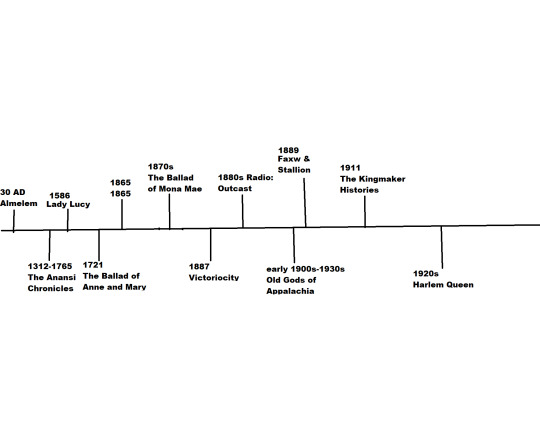

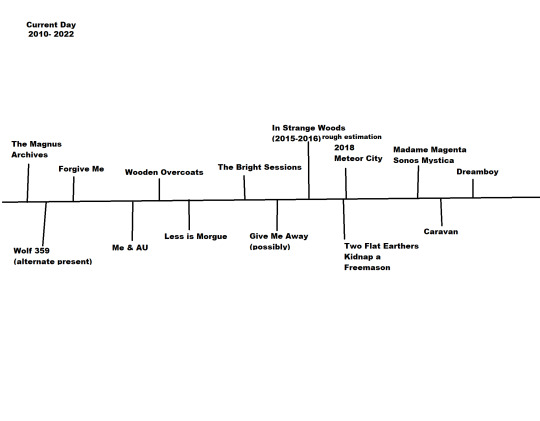
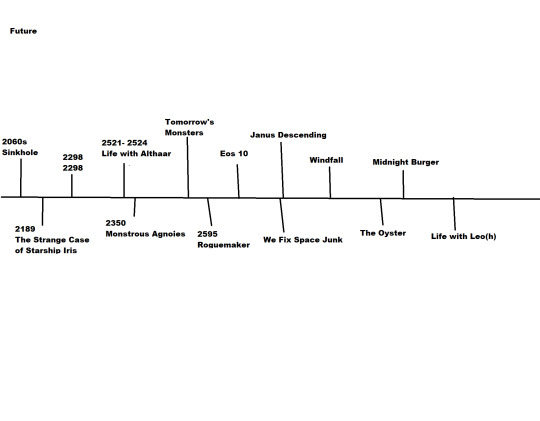
I have made some edits and new additions to the timeline thanks to the suggestions by people in the notes. I’d like to thank @dihalectics, @chemicallywrit, @224bbaker, @roguemaker, @measureyourlifeincake @geminicollisionworks, @monstrousagonies, @sinkholepodcast, and once again @kingmakerpod for inspiring the idea.
Feel free to let me know others to add on to the timeline, I’m really enjoying making this and learning about other podcasts!
#almelem#lady lucy#the anansi chronicles#the ballad of mona mae#the ballad of anne and mary#1865#victoriocity#faxw and stallion#old gods of appalachia#the kingmaker histories#harlem queen#bronzeville#red house rising#ars paradoxica#1972#mockery manor#1994#maxine miles#meteor city#two flat earthers kidnap a freemason#brimstone valley mall#y2k pod#who killed avril levigne#arcadia ca#the magnus archives#wolf 359#forgive me podcast#me and au#wooden overcoats#less is morgue
39 notes
·
View notes
Text
From Armor Square to Bronzeville I Can Narrow the Gap Between Sister Cities.

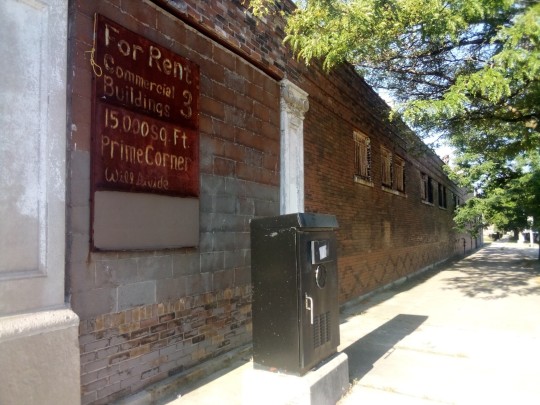
0 notes
Text

Legends from the past are great, but living Legends are better. #s
3 notes
·
View notes
Photo

61st Street, s1e1, 2022, here
15 notes
·
View notes
Text
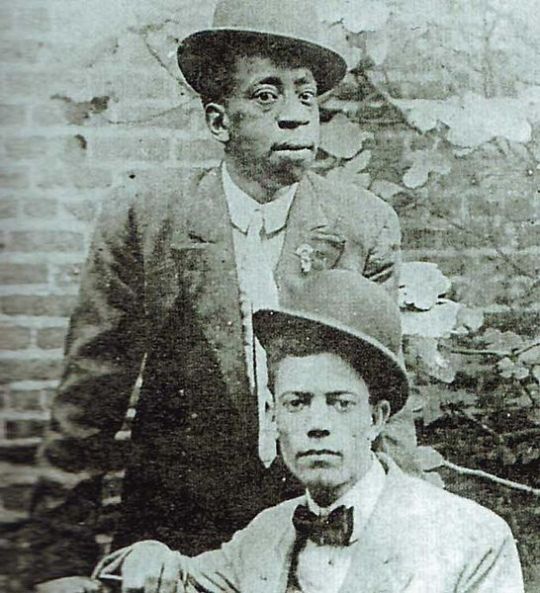
Blues pianist Tony Jackson and Friend (lover?), probably Glover Compton - (The Historic New Orleans Collection, Williams Research Center)
"Tony Jackson was one of the many (LGBTQ) migrants who decided to leave their native South to take advantage of Chicago's freedom. Born in New Orleans in 1884, Jackson spent his youth in saloons, gambling halls, and brothels in the Black neighborhood of Storyville.
Despite his great popularity as a musician, Jackson often complained about the tough homosexual life in New Orleans. In search of a place of residence more receptive to his music and sexual orientation, the musician migrated to Chicago in 1912. But before reaching Chicago, Jackson stopped in Louisville, KY where he met one of the leading pianists of the town, Glover Compton, with whom he had a long-term friendship.
Blues singer Jelly Roll Morton, a friend of the pianist, claimed that Jackson had migrated to Chicago because "he happened to be one of those gentlemen that a lot of people call […] lady or sissy." According to Morton, Jackson "liked his freedom in Chicago," a freedom that included the ability to work full time in Bronzeville's most renowned cabarets, theaters, and cafés, as well as the possibility of encounters with men of similar sexual orientations. Jackson was one of the best and most popular musicians in the Southside, often performing at Elite No. 1, Elite No. 2, and the Pekin Cafe."
Source:
5 notes
·
View notes
Text






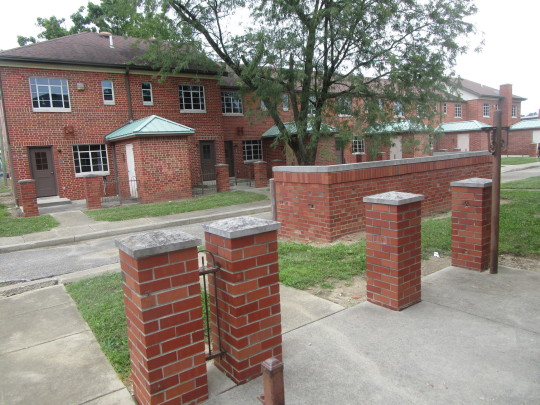



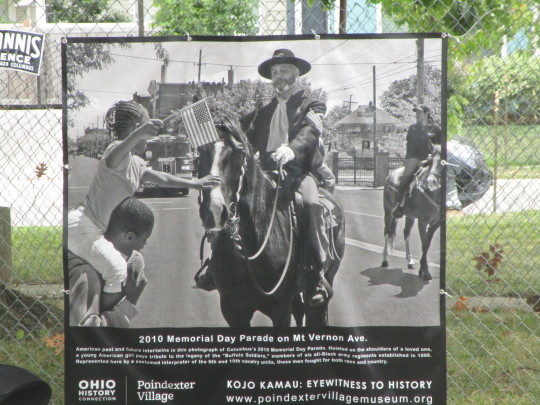


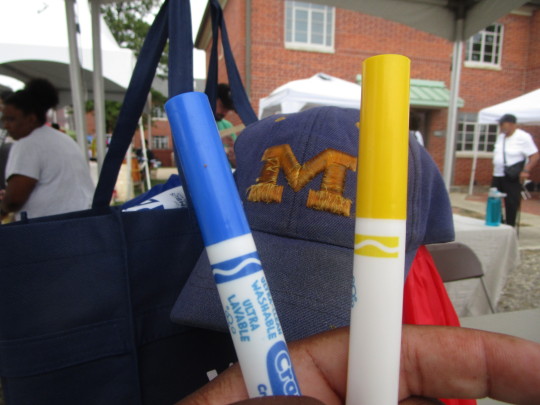
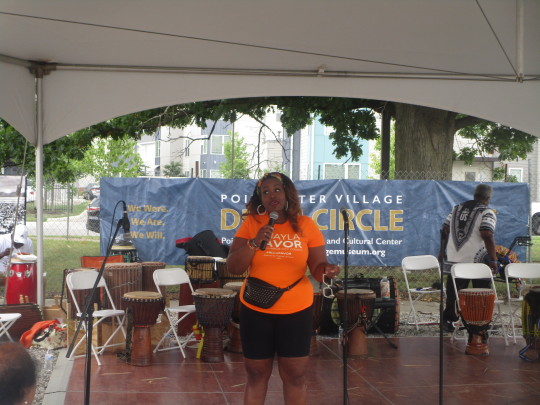





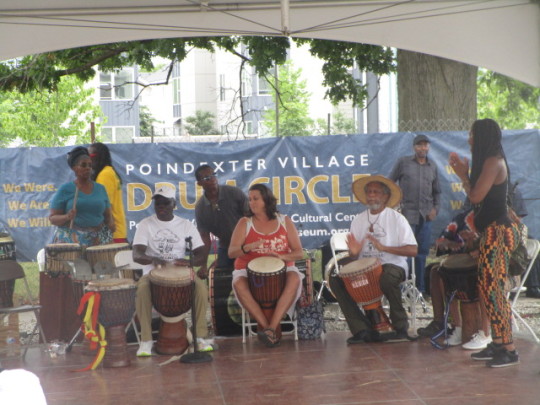


DJBC Tumblr Summer 22 - Poindexter Village Drum Circle 22
The Poindexter Village Drum Circle was held in August at the site of the Historic Poindexter Village Museum on the Near East Side of Columbus.
Here are some of the highlights of the festival, celebrating Black Culture, and the legacy of Poindexter Village.
#near east side#bronzeville#poindexter village#mount vernon avenue#poindexter drum circle#black columbus#black neighborhoods#djbcts22
0 notes
Photo

Tonight! Join us at @kfleye studios for a night of art, music and fellowship. See you there! #djbvax #kflye #bronzeville #summertimechi (at Chicago, Illinois) https://www.instagram.com/p/Cf_iakGu2a_/?igshid=NGJjMDIxMWI=
0 notes